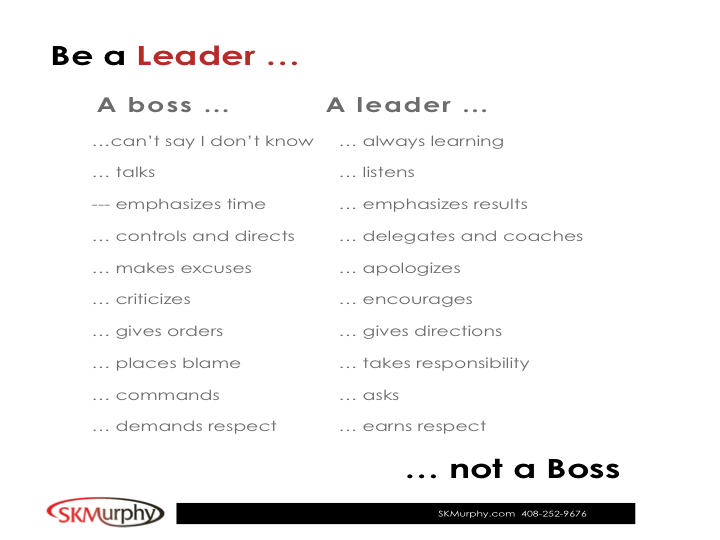For engineering managers who want to create workplace environments for high performance and engineering excellence, learning from peers is a great way to become a better manager. Here are some lessons learned from peer engineering leaders as they share their journeys.
Transitioning into Your New Engineering Management Role
In Charles-Axel Dein’s blog, he shares what it is like being a first time engineering manager. He talks about the demands of his new position and how interruptions become the norm. He offers advice about making a difference and helping people grow through mentoring and shares how rewarding mentoring can be.
You have the awesome opportunity of working with your whole team (around 7 awesome engineers), other engineer managers, product managers, designers, etc. Your impact will also be much larger. There’s a high chance nobody will remember the feature you built in 20 years. But people do remember their managers, especially those who mentored them at the start of their career.
Creating Ongoing Success as an Engineering Manager
Johanna Rothman’s article, “Successful Engineering Management: 7 Lessons Learned” is stuffed with great advice and insights. I especially found useful her advice on how to help your staff when they get stuck on a problem.
Give your staff their assignments, ask if they need help, and then leave them alone to get the work done (unless they ask for help).
If you’re not sure how to know if your people are succeeding, agree with each team member on when to ask for help. Everyone, including you, should choose a metric for knowing when he or she is stuck. One of my clients has a 15-minute rule – if anyone is stuck on something for 15 minutes, they have to stop and talk to someone else about the work.
When you assign work, ask if the person understands the work to do, and if he or she has the tools to do it. Decide jointly when you will check in with each other (periodic status reports, one-on-one meetings), and stick to that schedule. If the person gets stuck, he or she should feel free to come to you for help, but if you insist on interfering, your employee will come to you for help only as a last resort.
She suggests that good leaders admit mistakes.

Everyone makes mistakes. They can range from forgetting a meeting to making a crazy customer commitment. It’s embarrassing to admit that you make mistakes. Many of us think that we lose the respect of our group or peers when we admit mistakes.
If you don’t make mistakes very often, you can actually gain respect when you admit your errors. If you forget a meeting, and then apologize, the other person will understand you, and eventually forgive you.
Whatever you do, don’t deny or ignore your mistakes. Ignoring a problem doesn’t make it go away, it turns the problem into a monster.
In summary, creating workplace environments for high performance and engineering excellence takes passion and commitment, but, as these two authors share, it brings great rewards. SKMurphy has a fun image that sums up all the points, Be a Leader Not a Boss, that encompasses many of the points that Dein and Rothman make.

Save